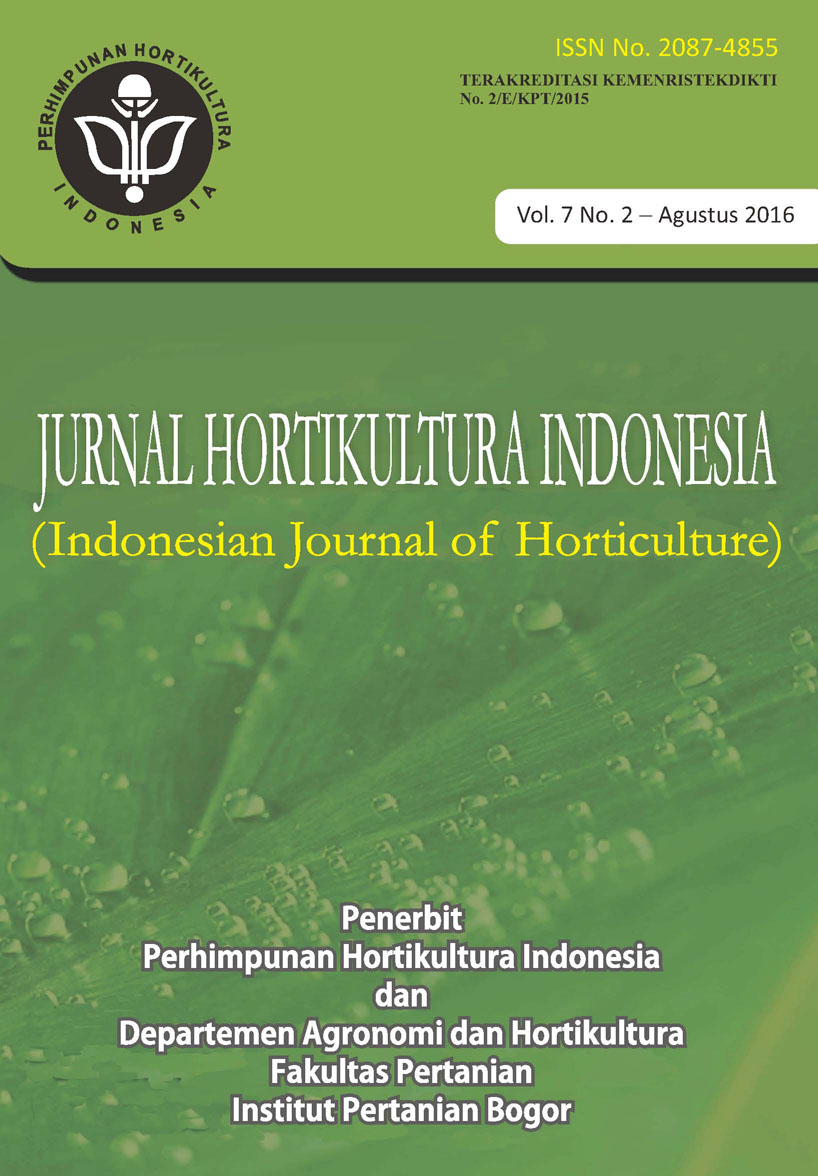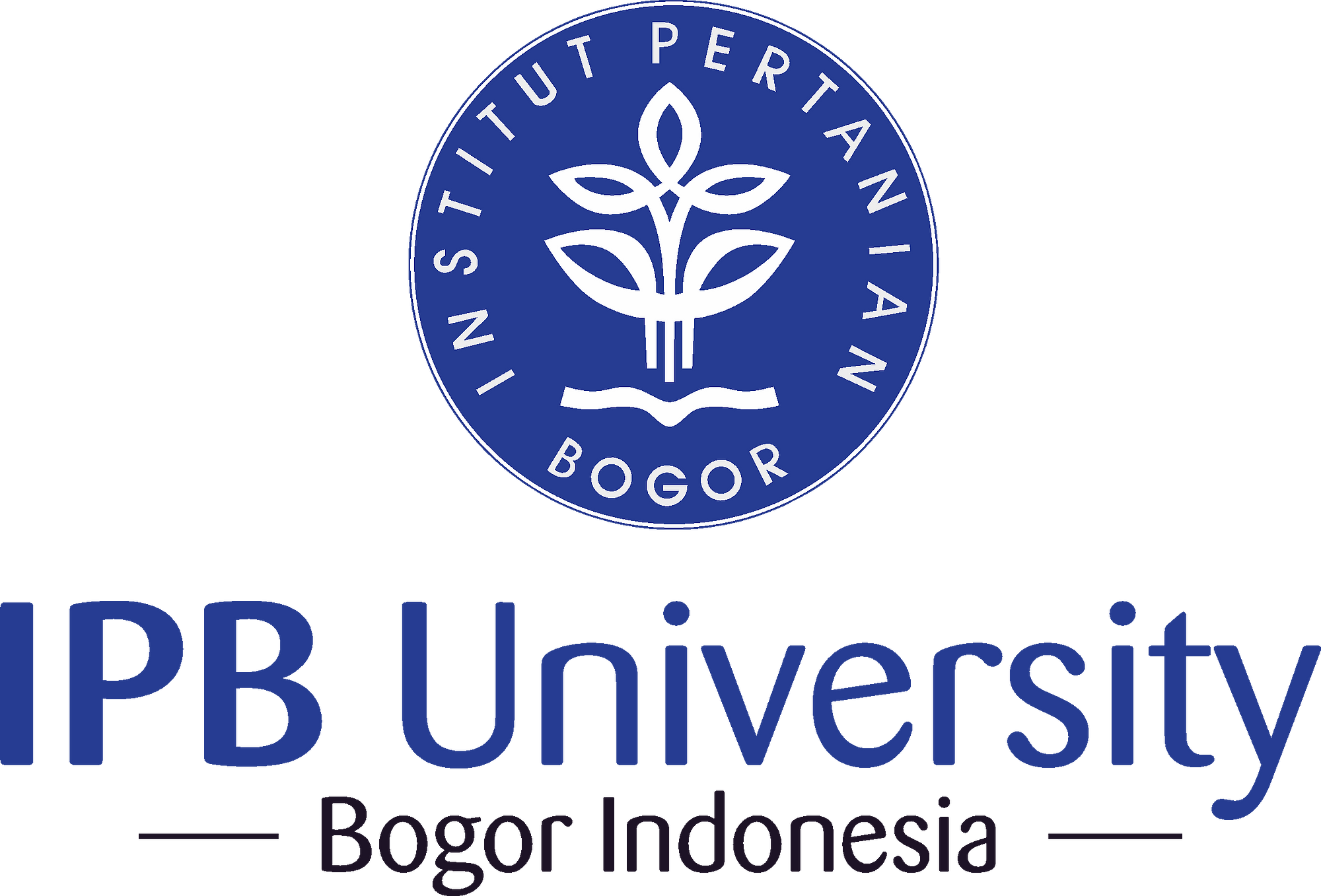Peningkatan Produksi Temulawak (Curcuma xanthorrhiza) Pada Berbagai Macam Pola Tanam dengan Jagung (Zea mays)
Abstract
ABSTRACT
Temulawak is one of Indonesia’s indigenous plant which is rarely cultivated by farmers because it has a long harvest time and wide plant spacing. Intercropping temulawak with maize is expected to attract farmers to cultivate temulawak intensively. This research was aimed at obtaining the most advantageous growth and yield of temulawak (Curcuma xanthorrhiza) in different planting patterns with maize (Zea mays). This research was conducted at the Faculty of Agriculture Brawijaya University experimental farm in Jatikerto, Malang, from December 2014 to June 2015. Experimental design was completely randomized block design with four replication and 6 treatments : T1 (strip cropping, cropping simultaneously), T2 (row cropping, cropping simultaneously), T3 (strip relay cropping, planting 1 month before the maize), T4 (row relay cropping, planting 1 month before the maize), T5 (strip relay cropping, planting 1 month after the maize), T6 (row relay cropping, planting 1 month after the maize). The growth and yield of temulawak were significantly affected by planting pattern and planting time of maize. Generally, earlier and simultaneously planted temulawak had higher growth and yield. Row cropping is the best planting pattern of turmeric combined with maize which produce 4.05 ton ha-1 fresh rhizome weight.
Keywords : intercropping, maize, planting pattern, planting time, turmeric
ABSTRAK
Waktu panen yang lama serta jarak tanam yang lebar menyebabkan kurangnya minat petani untuk menanam temulawak sebagai tanaman utama. Salah satu solusi yang diharapkan untuk menarik minat petani dalam membudidayakan temulawak adalah dengan pola tanam tumpang sari dengan tanaman pangan. Jagung umumnya memiliki waktu panen relatif lebih singkat dan jarak tanam relatif sempit sehingga potensial untuk ditumpangsarikan dengan temulawak. Tujuan penelitian ini ialah untuk mendapatkan pola tanam yang memberikan pertumbuhan dan hasil terbaik bagi temulawak pada beberapa pola tanam tumpangsari dengan jagung. Penelitian ini dilakukan di Kebun Percobaan Fakultas Pertanian, Universitas Brawijaya yang berlokasi di Desa Jatikerto, Malang pada bulan Desember 2014 sampai Juni 2015. Penelitian ini menggunakan Rancangan Acak Kelompok yang diulang sebanyak 4 kali, dengan 6 perlakuan pola tanam sebagai berikut: T1 (strip cropping, ditanam bersamaan), T2 (pola row cropping, ditanam bersamaan), T3 (strip relay temulawak - jagung), T4 (row relay temulawak - jagung), T5 (strip relay jagung - temulawak), T6 (row relay jagung - temulawak). Hasil penelitian menunjukkan bahwa perbedaan pola tanam pada sistem tumpangsari temulawak dan jagung memberikan pengaruh yang berbeda bagi pertumbuhan dan hasil temulawak. Temulawak yang ditanam lebih awal memiliki nilai rata-rata pertumbuhan dan hasil yang lebih baik jika dibandingkan dengan temulawak yang ditanam setelah jagung. Pola tanam row cropping memberikan hasil rimpang temulawak tertinggi pada berbagai macam pola tanam dengan jagung yang mencapai 4.05 ton ha-1.
Kata kunci: jagung, pola tanam, produksi, temulawak, tumpangsari
Downloads
You are free to:
- Share — copy and redistribute the material in any medium or format for any purpose, even commercially.
- Adapt — remix, transform, and build upon the material for any purpose, even commercially.
- The licensor cannot revoke these freedoms as long as you follow the license terms.
Under the following terms:
- Attribution — You must give appropriate credit, provide a link to the license, and indicate if changes were made. You may do so in any reasonable manner, but not in any way that suggests the licensor endorses you or your use.
- ShareAlike — If you remix, transform, or build upon the material, you must distribute your contributions under the same license as the original.
- No additional restrictions — You may not apply legal terms or technological measures that legally restrict others from doing anything the license permits.
Notices:
You do not have to comply with the license for elements of the material in the public domain or where your use is permitted by an applicable exception or limitation.
No warranties are given. The license may not give you all of the permissions necessary for your intended use. For example, other rights such as publicity, privacy, or moral rights may limit how you use the material.













